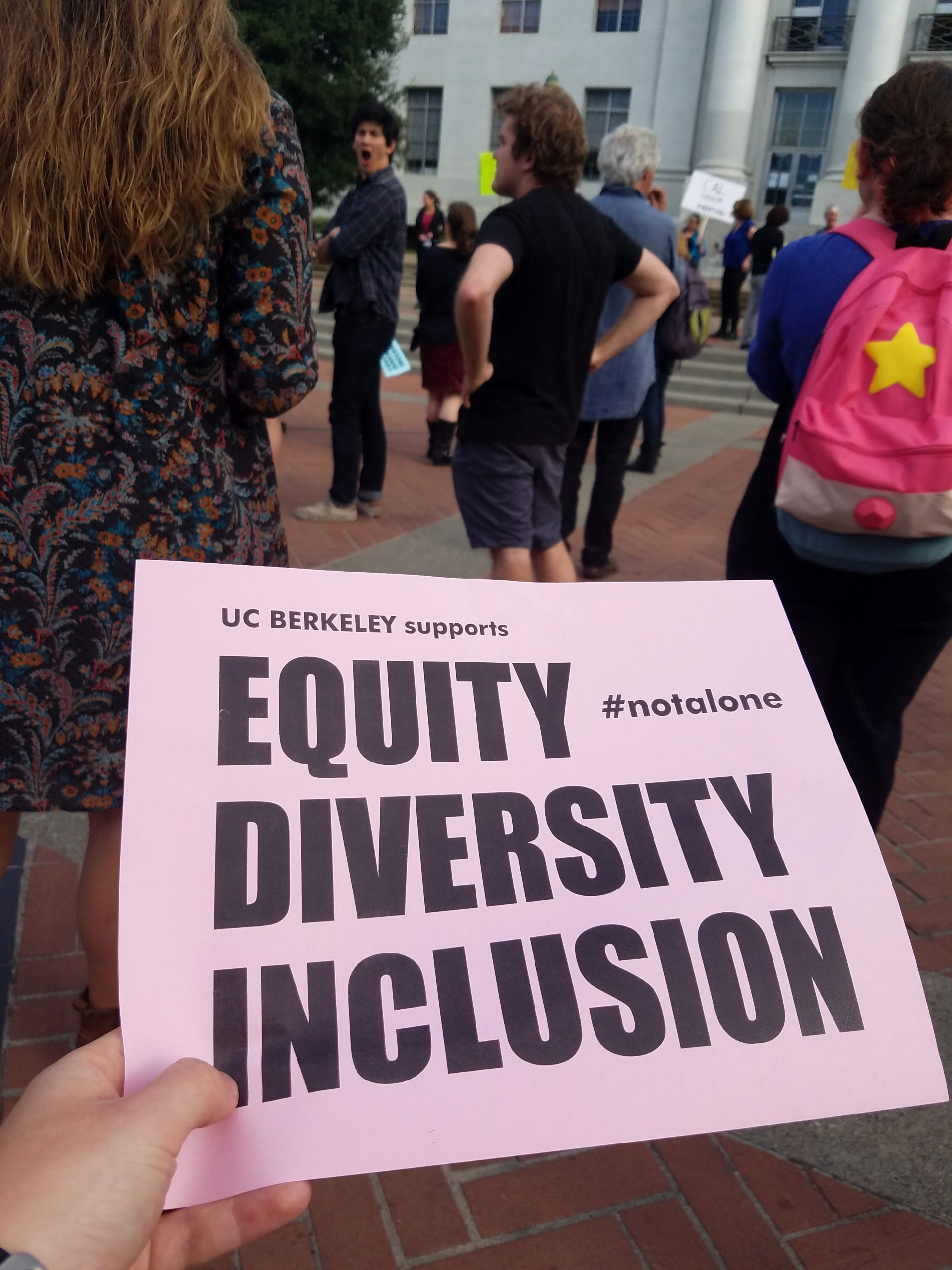In spite of increasing challenges to tolerance and forbearance in politics and the social fabric across the world, it is heartening to see pockets of progress, some very large. Things that were impossible to think of decades ago are now in the mainstream are now increasingly around us.
One only has to look at history and to cases of segregated housing, schooling, eating to remember how far we have come.
This has only been made possible by the courage and relentless campaigning of millions of people from all over who have either been from such “underserved” communities or have been extremely staunch allies and have supported this shift sometimes in spite of great personal cost.
As diversity & inclusion efforts become more mainstream, it is heartening to see the media and the corporate ecosystems take a lead in this effort. Most companies in India above a certain size and brand recall have diversity and inclusion councils in place, some have tweaked their hiring policies, and a fewer still have tweaked their performance management norms to ensure adequate representation at all levels especially the leadership.
However, many of these initiatives run inorganically as “imposed processes” and do not go very deep. Several initiatives in corporate environments are driven by HR and sometimes, employees pay lip service, attending events such The Human Library where their interaction with a trans-person might be driven more by the norms of corporate etiquette and politeness rather than genuine curiosity and empathy.
This might sound controversial but perhaps the phrase – “diversity and inclusion” – (that Belongg uses as well) can be attributed some of the blame. Tonally, they are neutral and perhaps even apologetic – making amends for past exclusion and forced homogeneity – as opposed to being celebratory and valuing the creativity and the humanness that sits beneath and above our differences.
It is really important that that vocabulary we use for these goals have great power and meaning so that the words are set free to do the important tasks they must undertake.
Here are a few recommendations
- We should thoroughly evaluate the vocabulary being used: We should take an unrepenting look at the vocabulary being used for diversity & inclusion work and carefully weed out words that are either feeble or apologetic or both. Our vocabulary should be bold and powerful and joyous.
- We should have honest conversations with people on how they experience the vocabulary of diversity and inclusion. Where it reduces the joy or the rage that need to co-exist as the yin and yang of this change. People need to experience these words powerfully.
- We should invite more poets, writers, and artists to create a new vocabulary. A lot of the vocabulary, language, and symbols is getting watered down and made “safe” through rounds of editing, censorship, and corporatization of change. We should invite true guardians and birthers of change take ownership of this process. We should create more containers within which people can experience multi-faceted beauty and hence the arts, music, film, theater all have an extremely valuable role to play.
- We should not always be polite: Last but not the least, we should remember the need and the power of raw conversation, or truths stated plainly and how infinitely more powerful and life affirming these are than bland political correctness.
